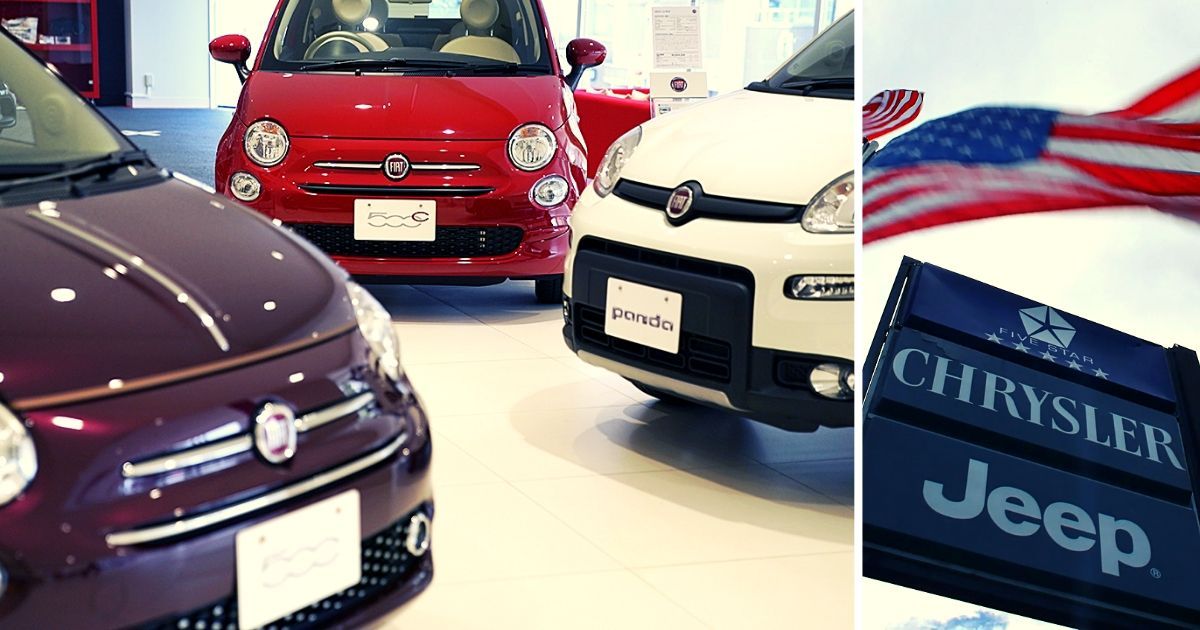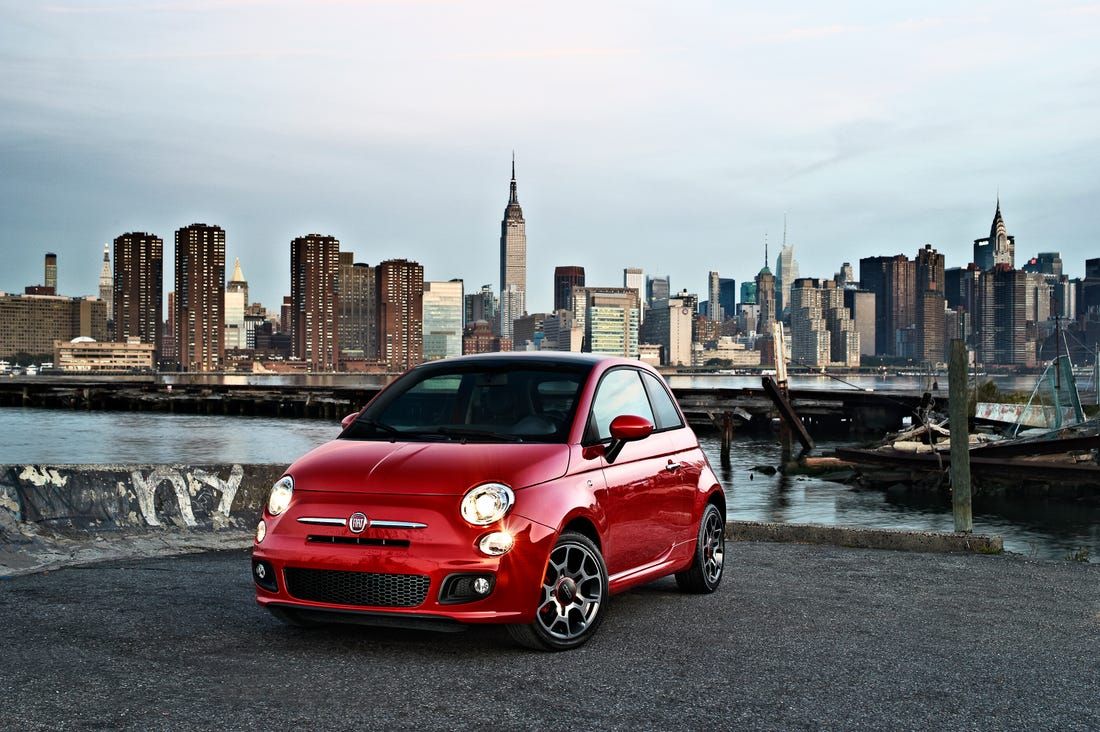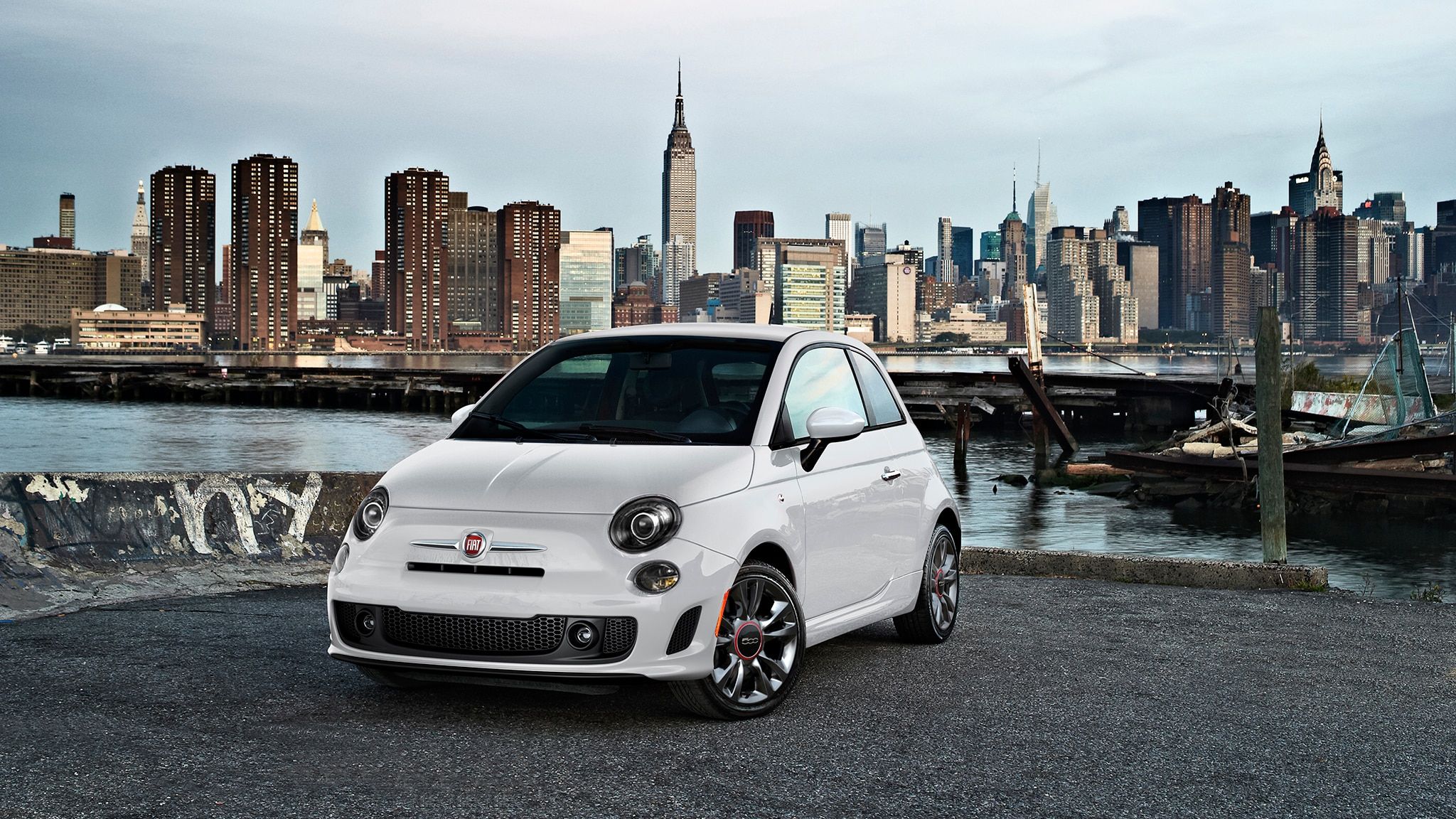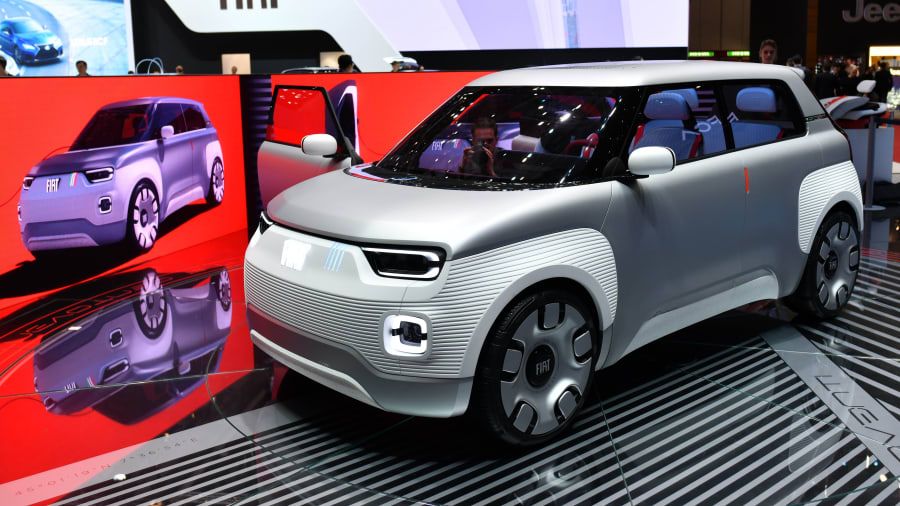Fiat Chrysler Automobiles, often called FCA, is an Italian-American corporation that is the world's eighth-largest automaker. Established in October 2014 by merging Fiat and Chrysler, the corporate headquarters is in Amsterdam, while the financial headquarters is centered in London, UK.
Fiat was previously an Italian holding company that consisted of many brands like Ferrari, Maserati, Fiat, Alfa Romeo, and the Chrysler Group. Founded in 1899 by a group of investors, it acquired other automakers throughout the years, turning into an automotive giant.
Chrysler is one of the 'Big Three' automobile manufacturers in the United States, and is headquartered in Michigan. After Daimler left Chrysler in 2007, the company then existed as Chrysler LLC from 2007-2009 and Chrysler Group LLC from 2009-2014. In 2014, Chrysler merged with Fiat S.p.A. and became a subsidiary of Fiat Chrysler Automobiles.
With two powerhouse car corporations merging together, what could go wrong?
It turns out, a lot - there are numerous problems every Fiat-Chrysler owner has. Fiat-Chrysler is currently struggling to stay alive in the United State's market. This might sound hard to believe, especially since world-renowned actor and heartthrob Leonardo DiCaprio starred in a Fiat commercial - but it is true.
We'll delve a little deeper into why Fiat-Chrysler is having a hard time in the American market compared to Fiat's European success...
Fiat's Sales Stats
In 2018, Fiat sold more than 15,000 cars in the U.S., significantly lower than the high in 2014, coming in at over 46,000 units. When the brand had first come to the U.S. in 2010 after being gone for a quarter of a century, Fiat Chrysler initially hoped to sell at least 50,000 Fiats the first year of being in the country.
The Strategy
At the center of the strategy of selling 50,000 units was the Fiat 500 - the small, stylish, cute, and affordable car that was invented to be a practical car for winding around the cobblestone streets in European cities.
The Fiat 500 ideally wanted to be the VW Beetle in the U.S. for the Fiat brand. It had a significant following, and people either seemed to love it or hate it - but the masses loved it in Europe. So why wouldn't they in the U.S.?
Well, they didn't have a Beetle-like impact as they originally hoped. The poor reviews and ratings from huge groups like Consumer Reports and J.D. Power didn't help, along with the different layout of many American cities when compared to the smaller-streeted lanes of European capitals.
How To Save Fiat
One way that FCA could save the small Fiat is by turning it into an electric car that is designed for city driving. The company is already marketing the 500e, the electric version of the classic 500. Both Europe and the U.S. are slowly moving towards an all-electric vehicle line up, but this can take decades to perfect.
Not only do the cars need to be updated, but peoples' lifestyles and fuel options need to change as well - we need electric charging ports to be frequent, instead of the fuel or gas station on every corner.
However, even with the right idea in mind, the size and price of Fiat's lineup make it hard to see how the brand can grow much at all in terms of sales to keep the corporation alive. With the current price and the market, Fiat itself claims it is really hard to sustain volume, even if you get up to 20,000 units (less than half of what the high point was in 2014).
With all of this information, the possibility of Fiat leaving the U.S. market is at an all-time high. Maybe the culture isn't there, maybe the environmental concerns aren't high enough in the United States, and maybe the American people are more concerned about having big vehicles that can drive long distances, instead of smaller cars that are designed for city driving. No matter what the reason, Fiat is at a high-risk of pulling out of the U.S.




